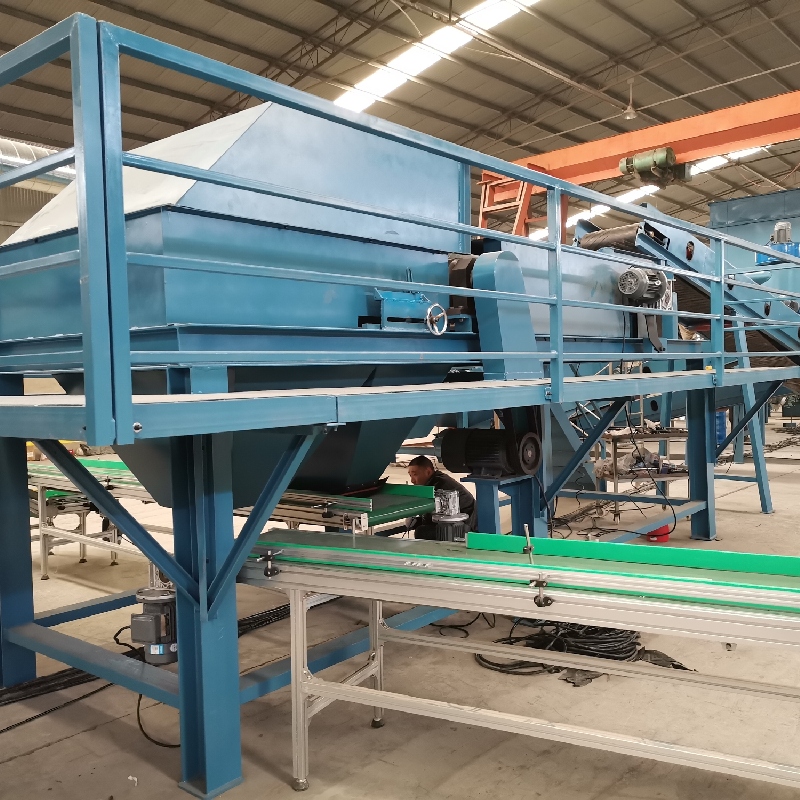

Oct . 31, 2024 09:19 Back to list
How Do You Dispose of E-Waste?
In our technologically advanced world, electronic waste, commonly known as e-waste, has emerged as a significant environmental concern. E-waste refers to discarded electronic devices such as computers, smartphones, televisions, and other electronic appliances. As we continuously upgrade our devices and replace old ones, the challenge of properly disposing of e-waste becomes increasingly urgent. Understanding the best practices for e-waste disposal is critical for protecting the environment and promoting sustainable living.
How Do You Dispose of E-Waste?
One of the best ways to dispose of e-waste responsibly is to utilize recycling programs. Many local governments offer e-waste recycling events or have designated drop-off locations. These programs are specifically designed to handle electronic waste safely and efficiently. During the recycling process, valuable materials such as metals and plastics can be recovered and repurposed, reducing the need for new raw materials and minimizing environmental impact.

Another option is to consider donating or reselling functioning electronics. Many organizations or schools accept used computers, tablets, and phones for refurbishment. This not only extends the lifespan of the devices but also provides those in need with access to technology that they might otherwise be unable to afford. Platforms that facilitate resale, such as second-hand websites or electronic trade-in programs, also help mitigate e-waste by redirecting usable products to new owners.
For businesses and organizations dealing with large amounts of e-waste, partnering with certified e-waste recycling companies is crucial. These companies adhere to strict regulations and guidelines for the responsible disposal and recycling of electronic devices. Moreover, they can help ensure that sensitive data stored on devices is adequately destroyed, preventing potential data breaches.
While individual efforts are important, advocacy for stricter regulations on e-waste disposal is also essential. Governments should implement policies that encourage manufacturers to develop take-back programs, ensuring that companies are held accountable for the products they produce. Public awareness campaigns can further educate consumers about the importance of e-waste recycling and how to do it effectively.
In conclusion, disposing of e-waste responsibly requires awareness and action from individuals, communities, and regulatory bodies. By utilizing recycling programs, donating functional devices, and advocating for better policies, we can all contribute to reducing the harmful effects of e-waste on our planet. As technology continues to evolve, it is our responsibility to ensure that we handle electronic waste in a way that protects both the environment and public health. Embracing sustainable practices in e-waste disposal is not just a choice; it is a necessity for a healthier future.
Latest news
Troubleshooting Common Eddy Separator Problems
NewsJul.04,2025
The Role of Metal Recycling Plants in Circular Economy
NewsJul.04,2025
The Impact of Recycling Line Pickers on Waste Management Costs
NewsJul.04,2025
Safety Features Every Metal Shredder Should Have
NewsJul.04,2025
How Industrial Shredders Improve Waste Management Systems
NewsJul.04,2025
How Cable Granulators Contribute to Sustainable Recycling
NewsJul.04,2025